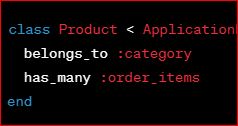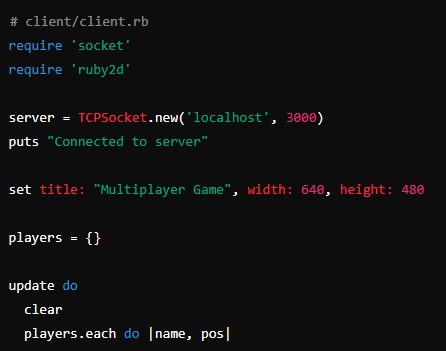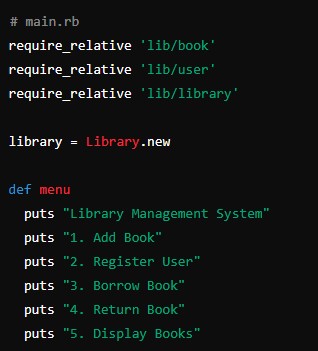Building the Future: A Guide to Developing a Ruby on Rails E-commerce Platform
Introduction:
In the fast-paced world of online commerce, having a robust and efficient e-commerce platform is crucial for success. With its flexibility and productivity, Ruby on Rails (RoR) has become a popular choice for developing web applications, including e-commerce platforms. In this blog post, we will guide you through the essential steps to develop a Ruby on Rails e-commerce platform that can empower your business and provide a seamless shopping experience for your customers.
- Creating a Machine Learning Web App with TensorFlow.js
- Building a Dynamic Building a Dynamic Android App with Java: A Step-by-Step Guide
- Project Planning and Requirements Gathering: Before diving into development, it’s crucial to clearly define your project’s goals and requirements. Identify the key features your e-commerce platform needs, such as product catalog management, user authentication, shopping cart functionality, and secure payment processing. Consider the user experience and any unique features that can set your platform apart.
- Setting Up the Ruby on Rails Project: Start by creating a new Ruby on Rails project using the
rails newcommand. Configure your database, set up version control, and establish the basic project structure. Leverage the power of RoR generators to create models, controllers, and views efficiently.
rails new ecommerce_platform -d postgresql- Database Design and Modeling: Design a database schema that accommodates your e-commerce platform’s requirements. Define models for products, categories, users, orders, and other relevant entities. Utilize ActiveRecord associations to establish relationships between models.
class Product < ApplicationRecord
belongs_to :category
has_many :order_items
end- User Authentication and Authorization: Implement user authentication to secure your platform. Devise is a popular gem for handling user authentication in Rails applications. Configure it to manage user registration, login, and password recovery. Implement authorization to control access to specific features based on user roles.
- Building the Product Catalog: Develop the product catalog, allowing users to browse and search for products. Implement features such as product images, descriptions, and pricing. Consider adding filters and sorting options to enhance the user experience.
- Shopping Cart Functionality: Create a robust shopping cart system that allows users to add products, update quantities, and proceed to checkout. Utilize session management to store the user’s cart information. Implement AJAX for a smoother, more dynamic shopping experience.
- Secure Payment Processing: Integrate a secure payment gateway for processing transactions. Popular options include Stripe, PayPal, or Braintree. Follow industry best practices for handling sensitive information, such as encrypting data and using HTTPS.
- Order Management: Develop an order management system to track and fulfill customer orders. Create order models, handle order status updates, and generate invoices. Implement email notifications to keep customers informed about their order status.
- Testing: Write comprehensive test suites using tools like RSpec and FactoryBot. Test your models, controllers, and views to ensure the reliability and functionality of your e-commerce platform. Consider implementing integration tests to simulate user interactions.
- Optimizing Performance: Optimize your application for performance by caching frequently accessed data, minimizing database queries, and leveraging background jobs for time-consuming tasks. Consider using a Content Delivery Network (CDN) to deliver assets quickly.
- Deployment and Scaling: Deploy your Ruby on Rails e-commerce platform to a production environment. Use cloud services like AWS, Heroku, or DigitalOcean for scalable hosting. Implement monitoring tools to track performance and identify potential bottlenecks.
Conclusion:
Building a Ruby on Rails e-commerce platform requires careful planning, efficient coding, and a focus on user experience. By following the steps outlined in this guide, you can create a powerful and reliable platform that meets the needs of your business and provides a seamless shopping experience for your customers. Keep in mind that the world of technology is ever-evolving, so staying up-to-date with the latest tools and best practices will be essential for the ongoing success of your e-commerce venture.
Happy coding with Code Cady!




